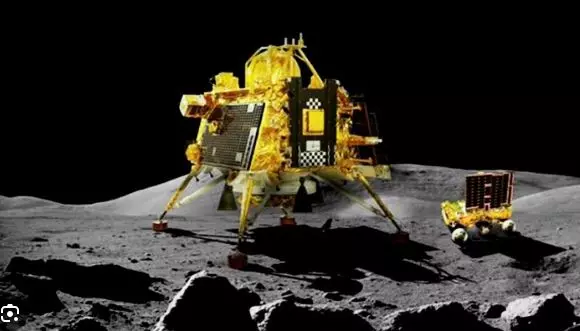
ISRO's Chandrayaan-3 makes history: Profiles lunar soil temperature at south pole
text_fieldsBengaluru: In a ground-breaking achievement for space exploration, the Indian Space Research Organisation (ISRO) has revealed that its Chandrayaan-3 mission has successfully profiled the temperature of the lunar soil at the Moon's south pole.
The momentous discovery, made possible by the ChaSTE (Chandra's Surface Thermophysical Experiment) payload aboard the Vikram Lander, marks a significant leap forward in understanding the lunar surface's thermal behaviour.
Just days after Chandrayaan-3's soft landing on August 23, ISRO took to social media to share the remarkable findings. The ChaSTE payload, developed by a collaborative effort led by the Space Physics Laboratory (SPL) of the Vikram Sarabhai Space Centre and the Physical Research Laboratory (PRL) in Ahmedabad, played a pivotal role in this achievement.
Equipped with a controlled penetration mechanism and ten individual temperature sensors, the payload delved up to 10cm beneath the lunar surface to capture temperature fluctuations.
The data gathered showcased a compelling temperature profile of the lunar topsoil around the south pole. An illustrative graph provided by ISRO highlighted the temperature variations at various depths during the probe's penetration.
The data demonstrated a consistent decrease in temperature as the depth increased. This novel insight provides crucial information about the lunar soil's thermal characteristics and opens doors for further research into the Moon's geological and atmospheric processes.
Chandrayaan-3's flawless 41-day voyage culminated in the historic soft landing on the lunar south pole, an accomplishment that propels India into an elite group of nations capable of mastering soft-landing technology.
Prior to India, only the United States, China, and the erstwhile Soviet Union had achieved this feat. India's successful landing on the uncharted lunar surface underscores the nation's prowess in space exploration and its commitment to pushing the boundaries of scientific knowledge.






















